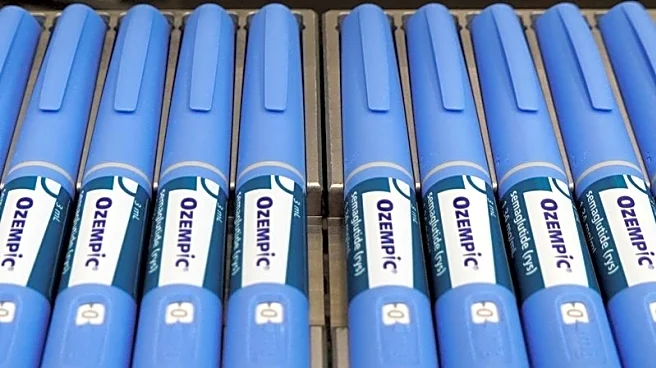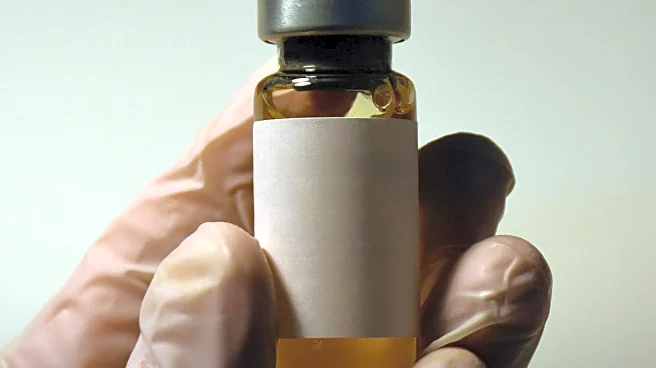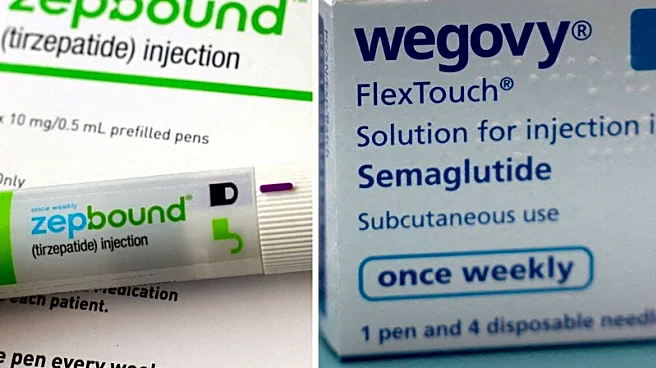What's Happening?
Pleural Dynamics, a Minnesota-based medical device company, has completed enrollment for 'The ACES Study for Aseptic Pleural Effusions.' This post-market study evaluates the ACES Automatic Continuous Effusion Shunt System, a fully implantable device designed to provide continuous relief from pleural effusions. The ACES system uses normal breathing motion to automatically pump fluid from the chest into the abdomen, eliminating the need for external catheters and frequent drainage. The study involved 25 patients across four U.S. centers, focusing on changes in pleural effusion volume, shortness of breath, quality of life, and healthcare utilization. The results will be published later this year.
Why It's Important?
The completion of the ACES study marks a significant advancement in the treatment of recurrent pleural effusions, a condition often associated with cancer and other comorbidities. Current treatments like pleurodesis and indwelling pleural catheters have limitations, including pain, extended hospital stays, and frequent maintenance. The ACES system offers a less invasive, more efficient alternative, potentially improving patient outcomes and reducing healthcare costs. The study's findings could lead to broader adoption of the ACES system, transforming care for patients with pleural effusions and enhancing their quality of life.
What's Next?
With the study's completion, Pleural Dynamics anticipates the publication of results and the subsequent market release of the ACES system in the United States. The device has already received FDA 510(k) clearance, and the study's outcomes are expected to validate its effectiveness and impact. As the healthcare community awaits the data, Pleural Dynamics is poised to expand its market presence, potentially influencing treatment protocols for pleural effusions nationwide.
Beyond the Headlines
The ACES system's development reflects a broader trend in medical technology towards minimally invasive solutions that leverage natural body functions for therapeutic purposes. This approach not only reduces patient discomfort and healthcare costs but also aligns with a growing emphasis on patient-centered care. The success of the ACES system could inspire similar innovations in other areas of medical device development, fostering a new era of healthcare solutions that prioritize efficiency and patient well-being.













